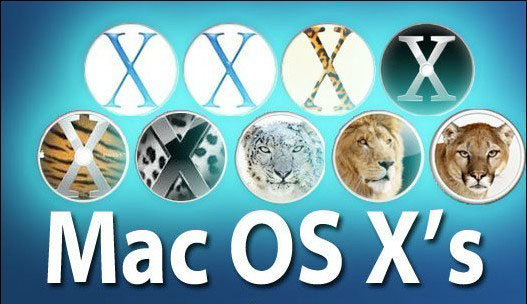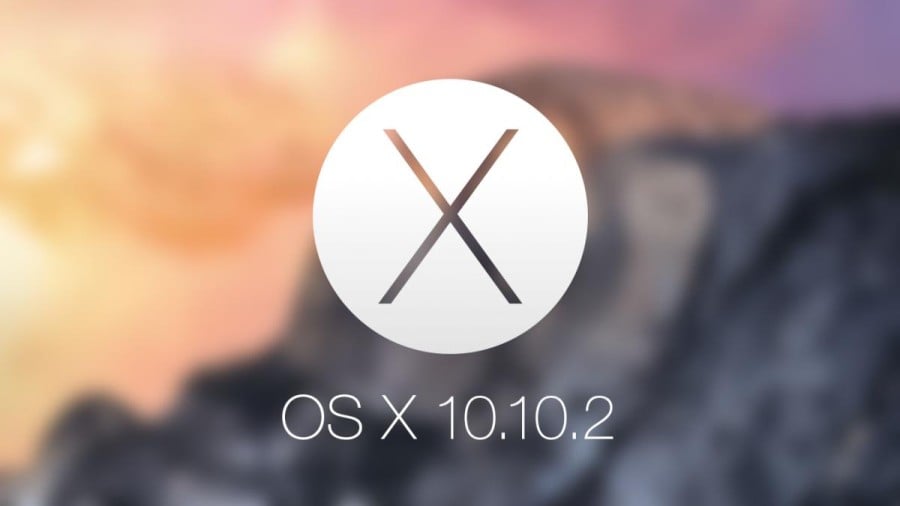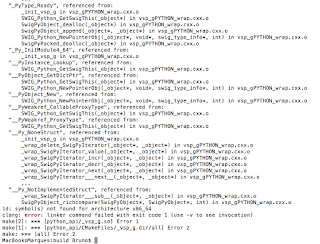

- #Anaconda for mac os x 10.2 how to#
- #Anaconda for mac os x 10.2 install#
- #Anaconda for mac os x 10.2 android#
- #Anaconda for mac os x 10.2 code#
I have never tried passing the App Store review process with an app created the way I describe here, so I can't say at which points it violates the guidelines, but I highly doubt the app would be accepted without quite some extra work.
#Anaconda for mac os x 10.2 code#
If you want your app to eventually end up there, you will have to make sure it adheres to Apple's guidelines, regarding sandboxing, code signing, and so on. Needless to say, you'll have to change all references to OpenSesame to ones applicable to your own project.Ī small disclaimer before we start: This way of creating an app will work, but it probably violates all rules that Apple poses for an app to be allowed into the app store. As an example, I use my own experience of creating an app for the OpenSesame experiment builder with this method.

#Anaconda for mac os x 10.2 how to#
In a sense, Anaconda environments are already half-way being a distributable.īelow I describe how to perform the last step of transforming an Anaconda environment into a fully working Mac OS X app, and this is easier than you might think. Anaconda environments are already isolated from the rest of the OS and only marginally depend on external libraries often only low-level libraries that are provided by the OS itself. The biggest plus is that most of the libraries that Python apps depend on are contained in the environment not only the Python interpreter itself, but also non-Python ones such as Qt, sqlite, OpenSSL, you name it. Each of these virtual environments should in fact be regarded as a small independent anaconda installation by itself. One of the other major strenghts of Anaconda is the easiness with which you can create and manage virtual environments.
#Anaconda for mac os x 10.2 install#
For those who don't know Anaconda: it is a science-focused Python distribution created by Continuum.io that has an extensive set of tools to install and manage Python packages (like pip, but better in my opinion). I was curious if I could find another, very simple, solution for packaging Python apps and I found it in Anaconda (or Miniconda which is the slimmed down version). Of course, this is only useful if you use PyQt in your application to begin with, so for smaller, simpler apps using this method seems to be overkill.

#Anaconda for mac os x 10.2 android#
This makes it possible to also deploy your app to platforms such as Android and iOS. It converts all python modules to C++ code, so that everything can be compiled to a native application. As I understand it, pyqtdeploy creates a distributable by building everything completely from source (even the python interpreter itself). Especially when your package needs to contain more complex libraries such as PyQt, the chance of breakage increases dramatically.Īnother promising candidate is pyqtdeploy but I found it really complex to set up when I gave it a try (although admittedly, I haven't really spent a lot of time on it yet).

Programs such as py2exe (for windows), py2app (for Mac) or PyInstaller (for both) have been created to get this job done, and even though they often do it well, they also frequently break down, spitting out cryptical error messages that in no way helped me solving the problems that they were bumping into. Many programming languages offer out-of-the-box tools for creating distributables, but not Python, which is in its essence not designed to be packaged. Distributables can make the life of people (especially the less tech-savvy ones) who want to use your program a lot easier. On the Mac distibutables are often provided as apps compressed in disk images (.dmg files), on Windows they often are a single-file installer (.exe. These should all be packaged together with your program in the distributable package. This enables users to simply install your program on their system without having the hassle of setting up an environment with all dependency libraries that your app requires to run. Once you have created an application that you regard as useful to the larger public, you probably want to package it as a distributable.


 0 kommentar(er)
0 kommentar(er)
